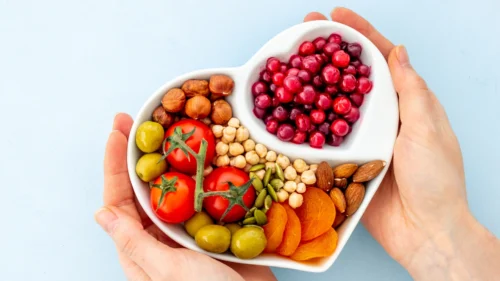Rama Krishna Sangem
Not a new concept, but the idea of Food as Medicine or Food is Medicine is now gradually gaining popularity, not only in India, but all over the world. Especially, after Covid pandemic 4-5 years ago, people are now realizing the importance of having sustainble food habits as a way of healthy life and lifestyle,
The concept of “food as medicine” (FAM), or “Food is Medicine” (FIM), is gaining traction as a strategy to leverage food and nutrition to prevent and manage health conditions. It emphasizes integrating food and dietary interventions into healthcare to promote overall health and address specific diseases, often alongside conventional medical treatments. This approach recognizes the powerful link between diet and health, acknowledging that food can be used both to prevent illness and to support the body’s healing processes
The White House Conference on Hunger, Nutrition, and Health — held in September 2022 — renewed national attention and issued a call to action to end hunger and reduce the prevalence of chronic disease in the United States by 2030.
Food Is Medicine approaches that focus on integrating consistent access to diet- and nutrition- related resources are a critical component to achieve this goal. The approaches are increasingly present across many communities and systems. There’s also increasing federal investment and action to support Food Is Medicine approaches in a variety of settings.
Building on this collective energy, the Department of Health and Human Services (HHS) developed a Food Is Medicine initiative in response to a congressionally funded initiativeThis link is external to odphp.health.gov. in fiscal year 2023.
This congressional action directed the Secretary of HHS, in consultation with other federal agencies, to develop and implement a federal strategy to reduce nutrition-related chronic diseases and food insecurity to improve health in the United States. This includes diet-related research and programmatic efforts that will increase access to Food Is Medicine initiatives.
A key aspect of FIM is the emphasis on consuming a diet rich in whole, minimally processed foods, particularly fruits, vegetables, and other nutrient-dense options.
Why is it Gaining Popularity?
Growing Awareness: There’s increasing recognition of the strong link between diet and health, with growing evidence that food can significantly impact disease risk and management. People are fed up with taking multiple medicines or tablets. Patients are vexed with side effects of medicines and want to have less strain during the treatment.
Concerns about Conventional Medicine: Some are looking for alternatives or additions to traditional medical approaches, particularly when it comes to chronic disease management. Social and Economic Factors: FIM is also gaining traction due to the recognition of food insecurity and the need to address health disparities through access to healthy food.


